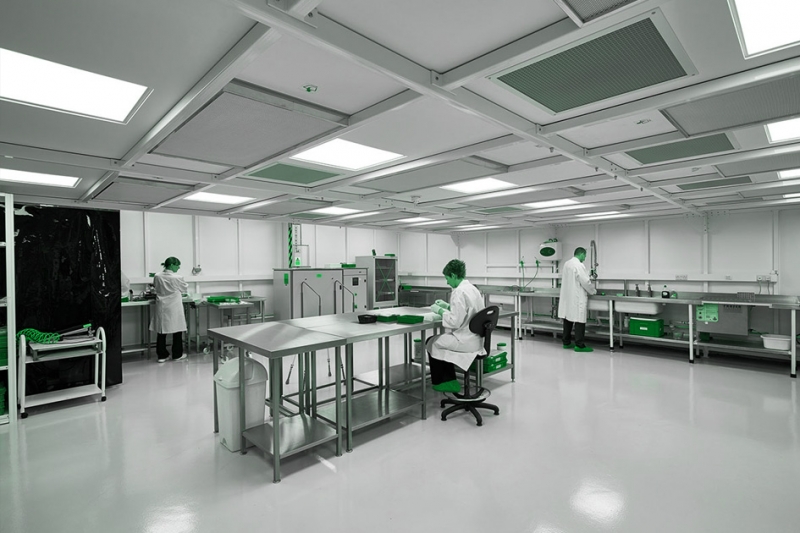Clean room specifications for particulate matter (such as dust) are defined according to the maximum allowable particle diameter, and also according to the maximum allowable number of particles per unit volume (usually cubic meters). For non-particulate contaminants, the maximum allowable density in terms of microbes per cubic meter, or molecule s per cubic meter, is specified. Four fundamental rules apply to clean rooms. First, contaminants must not be introduced into the controlled environment from the outside. Second, the apparatus within the controlled environment must not generate or otherwise give rise to contaminants (for example as a result of friction, chemical reactions, or biological processes). Third, contaminants must not be allowed to accumulate in the controlled environment. Fourth, existing contaminants must be eliminated to the greatest extent possible, and as rapidly as possible.
In the United States, Federal Standard 209E (FED-STD-209E) was used until the end of November 2001 to define the requirements for clean rooms. On November 29, 2001, these standards were superseded by the publication of ISO specification 14644-1.











